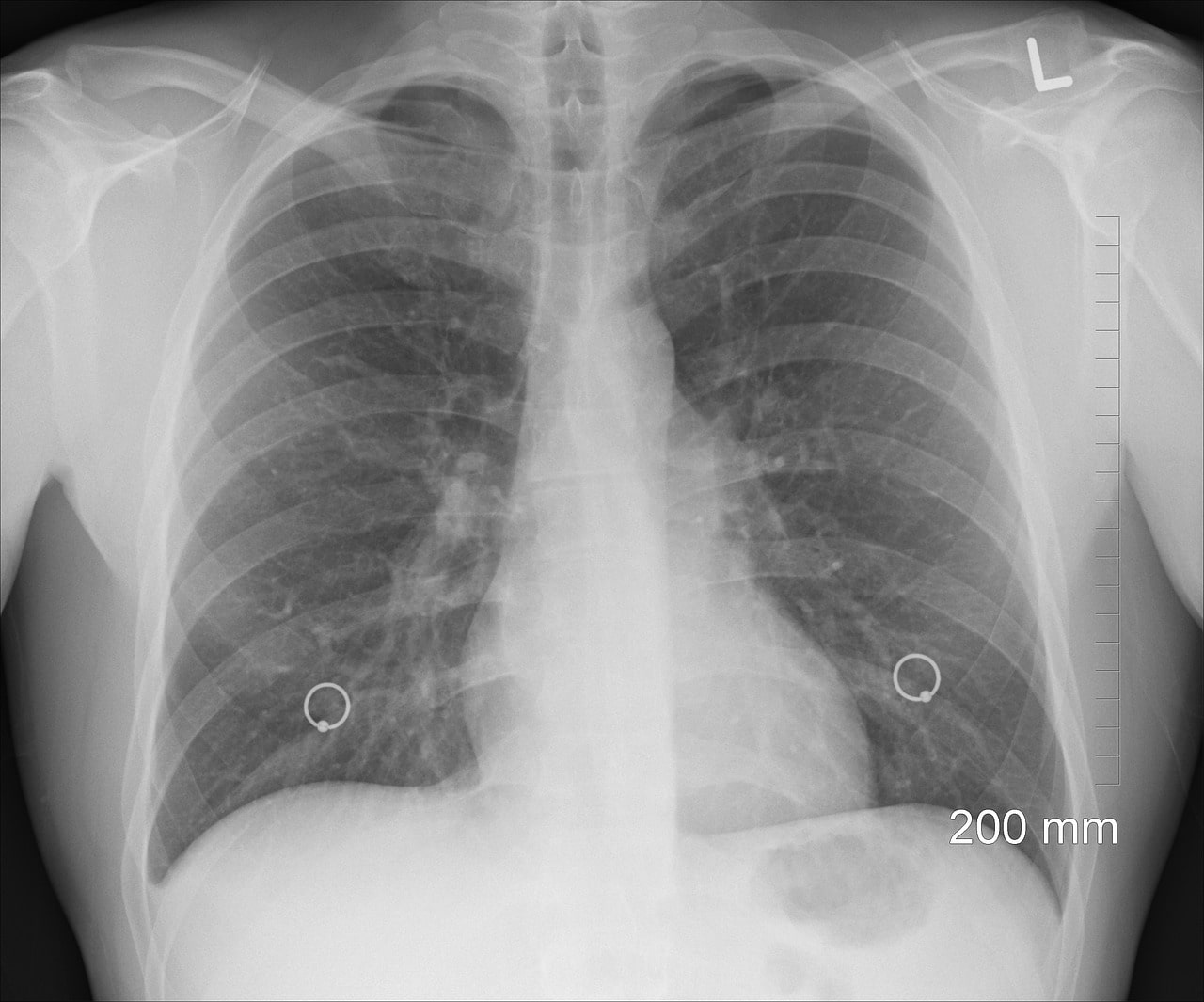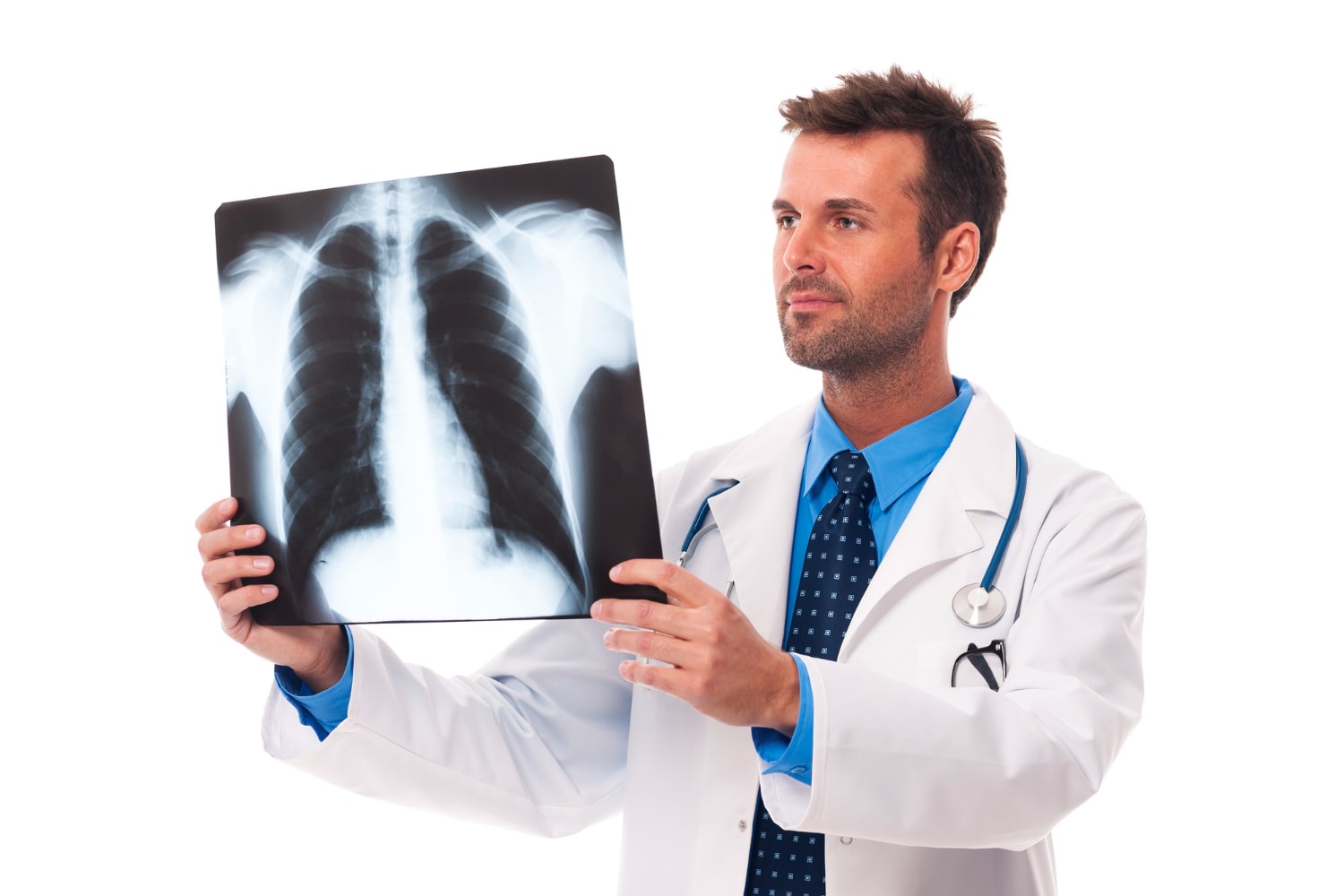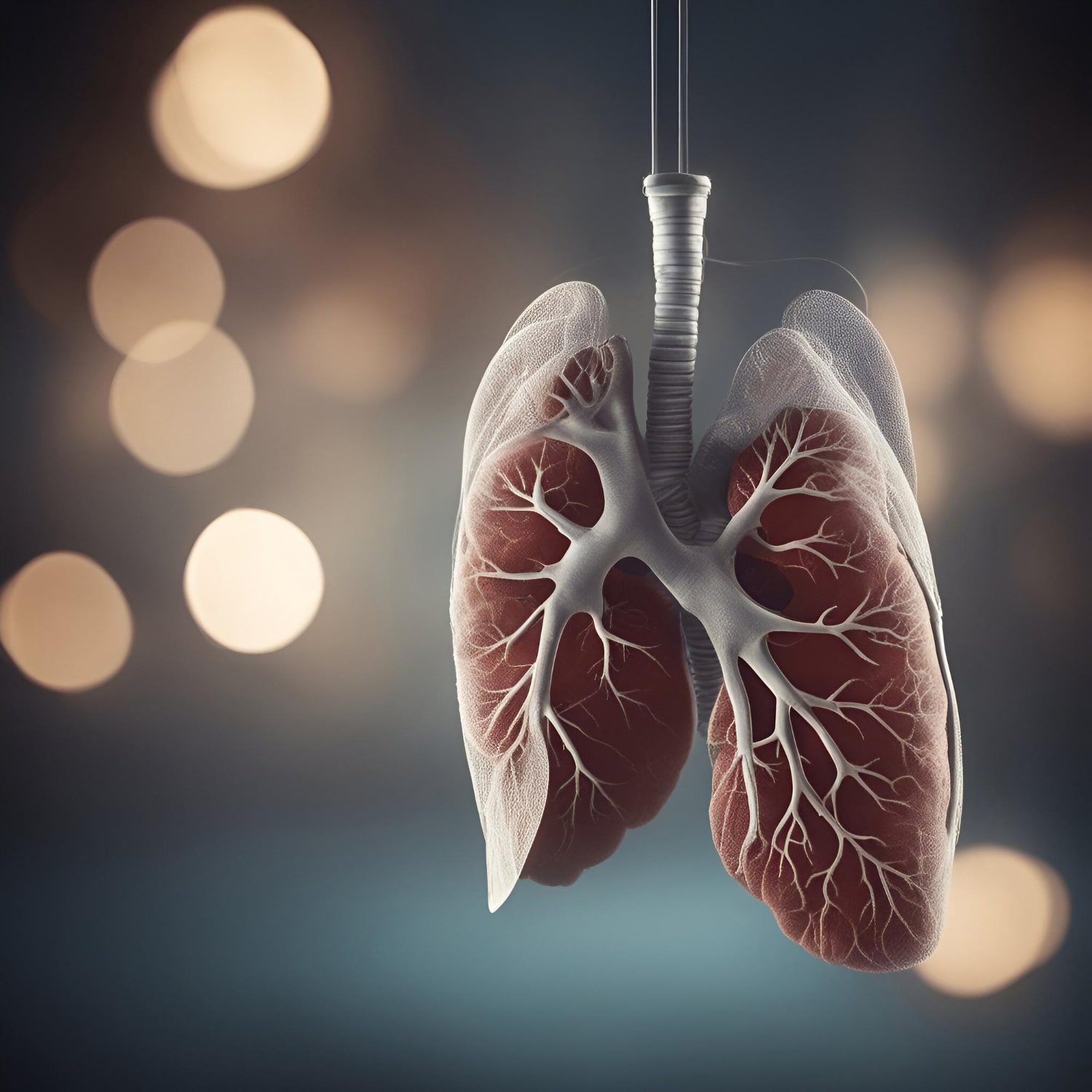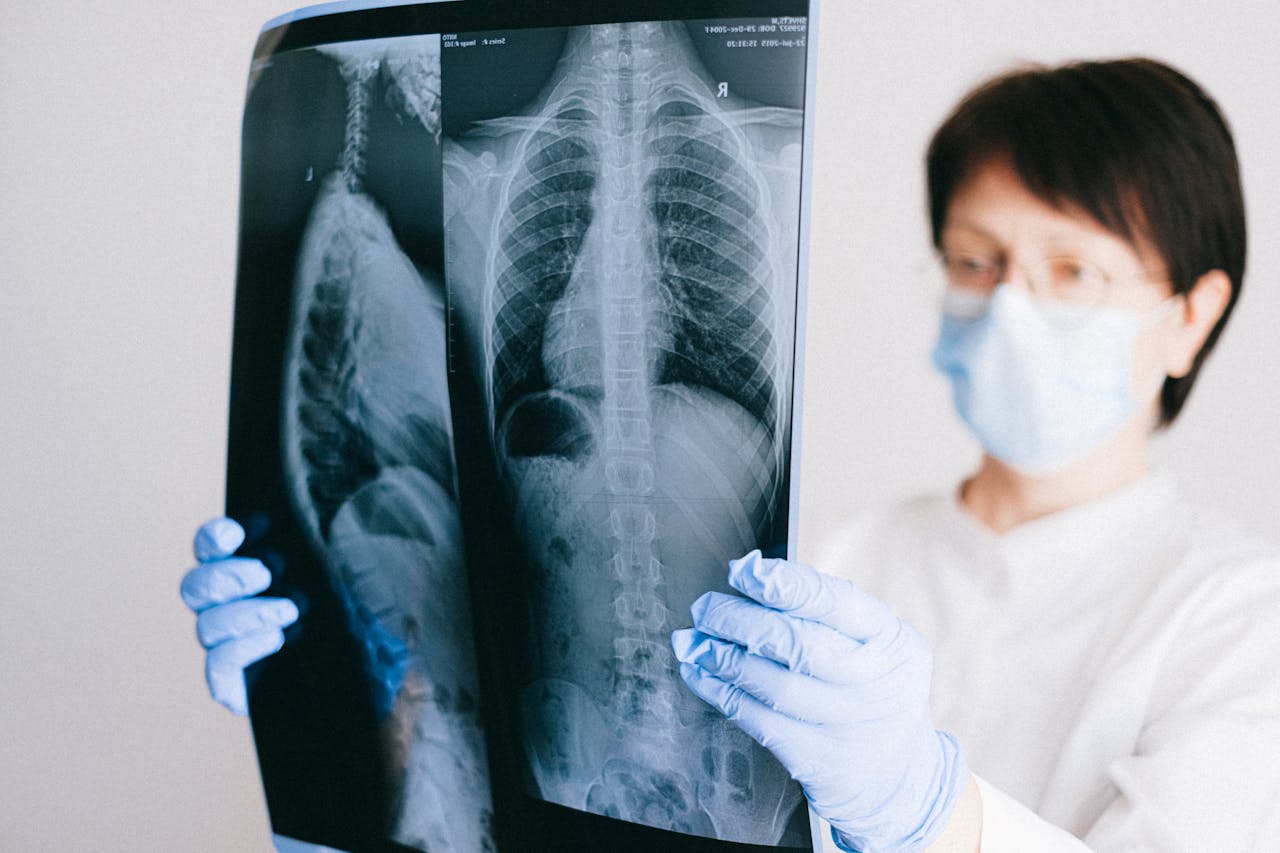Air accumulation in the lungs occurs when a tear in the lung area causes air to gather in the chest cavity. Medically known as pneumothorax, this condition impairs lung function and makes breathing difficult, leading to problems in daily life.
How Does Air Accumulation (Pneumothorax) Occur?

The lungs are the primary organs responsible for respiration in our body. If you compare the lungs to a tree, there are branches extending to the farthest points. Air is transported to these regions, known as alveoli, where oxygen replaces carbon dioxide and enters the bloodstream. This process takes place in a closed environment. If there is a leak, the air taken in during respiration accumulates between the lung and chest wall, leading to air accumulation in the lungs.
This condition disrupts lung function, making breathing difficult. But what causes this to happen? Here are the details:
1 – Injuries to the Chest Cavity
One potential cause of air accumulation in the lungs is trauma to the chest cavity. This can happen in the following scenarios:
- Falls, impacts, or collisions
- Severe trauma
- Stab, cut, or gunshot wounds
- Injuries during or after a lung biopsy
- Broken ribs puncturing the lung
- Blows received during or after CPR
In such cases, damage to the chest cavity may result in air accumulation in the lungs.
2 – Smoking
 Pneumothorax, or air accumulation in the lungs, occurs due to a tear in the lungs. Smokers and users of tobacco products are especially at risk as they develop small air sacs, called bullae, in their lungs. Pneumothorax occurs when these sacs burst.
Pneumothorax, or air accumulation in the lungs, occurs due to a tear in the lungs. Smokers and users of tobacco products are especially at risk as they develop small air sacs, called bullae, in their lungs. Pneumothorax occurs when these sacs burst.
3 – Lung Diseases
Various lung diseases can lead to air accumulation in the lungs. These include:
| Pneumothorax-Causing Diseases |
|---|
| Pneumonia |
| Tuberculosis |
| Cystic Fibrosis |
| Lung Cancer |
| Bullae |
| Sarcoidosis |
4 – Symptoms of Air Accumulation (Pneumothorax) in the Lungs
The symptoms of air accumulation in the lungs vary depending on the severity of the condition and the patient’s overall health. Common symptoms include:
- Sudden onset of chest pain and shortness of breath
- Rapid drop in blood pressure
- Shock
- Increased coughing
- Rapid heartbeat
- Bluish discoloration of the lips
In some cases, mild leaks may occur without any symptoms. Routine health check-ups are essential for early detection. If you suspect lung issues, consult a specialist, such as Professor Dr. Semih Halezeroğlu, for proper treatment.
5 – Who Is at Risk for Pneumothorax?
The primary risk group for pneumothorax includes male smokers with a lean physique, aged 20 to 40 years. Additionally, individuals with pre-existing lung conditions or those in professions involving pressure changes, such as divers and pilots, are at risk. People requiring artificial respiration are also included in this group.
6 – How Is It Diagnosed?
Pneumothorax is diagnosed based on the patient’s medical history and symptoms. During a physical exam, reduced or absent breath sounds may be detected. A chest X-ray is also performed to determine the extent of the air leak.
7 – How Is It Treated?
 The primary goal of treatment is to remove the air accumulated in the chest cavity, relieving pressure on the lungs. This is typically achieved by inserting a tube into the chest cavity to evacuate the air. If recovery is prolonged or there is a risk of recurrent bullae rupture, minimally invasive methods may be used.
The primary goal of treatment is to remove the air accumulated in the chest cavity, relieving pressure on the lungs. This is typically achieved by inserting a tube into the chest cavity to evacuate the air. If recovery is prolonged or there is a risk of recurrent bullae rupture, minimally invasive methods may be used.
8 – When Is Surgery Required?
Surgery is necessary for patients in the following situations:
- Recurrent pneumothorax
- Prolonged air leaks
- Bilateral pneumothorax
- Patients with a single lung
- Patients in high-risk professions
9 – Post-Surgical Considerations
Patients who undergo surgery for pneumothorax should:
- Completely avoid smoking and exposure to secondhand smoke
- Use prescribed medications regularly
- Engage in daily walks
- Avoid straining, such as during constipation
- Consume plenty of fruits and vegetables
- Avoid heavy lifting
- Refrain from strenuous physical activity for at least 24 weeks
- Attend regular check-ups
Frequently Asked Questions
You can find the most frequently asked questions and answers regarding the subject below.
1 – What Are the Symptoms of Pneumothorax?
The symptoms are as described above. Researching treatment options and patient experiences can also provide insights.
2 – Who Needs Surgery for Lung Air Leaks?
Patients with risk factors and symptoms that indicate a need for intervention undergo surgery.
3 – Can Air Bubbles in the Lungs Be Fatal?
Lung conditions can lead to complications over time. Early diagnosis and treatment with a specialist are essential.
4 – How Long Does It Take to Recover from a Collapsed Lung?
Recovery depends on the type. Pneumothorax-related collapses often resolve within 2-3 days with proper treatment.
5 – How Is Air Bubble Treatment Done?
Small leaks are monitored with oxygen therapy, while larger leaks require procedures like tube drainage.



